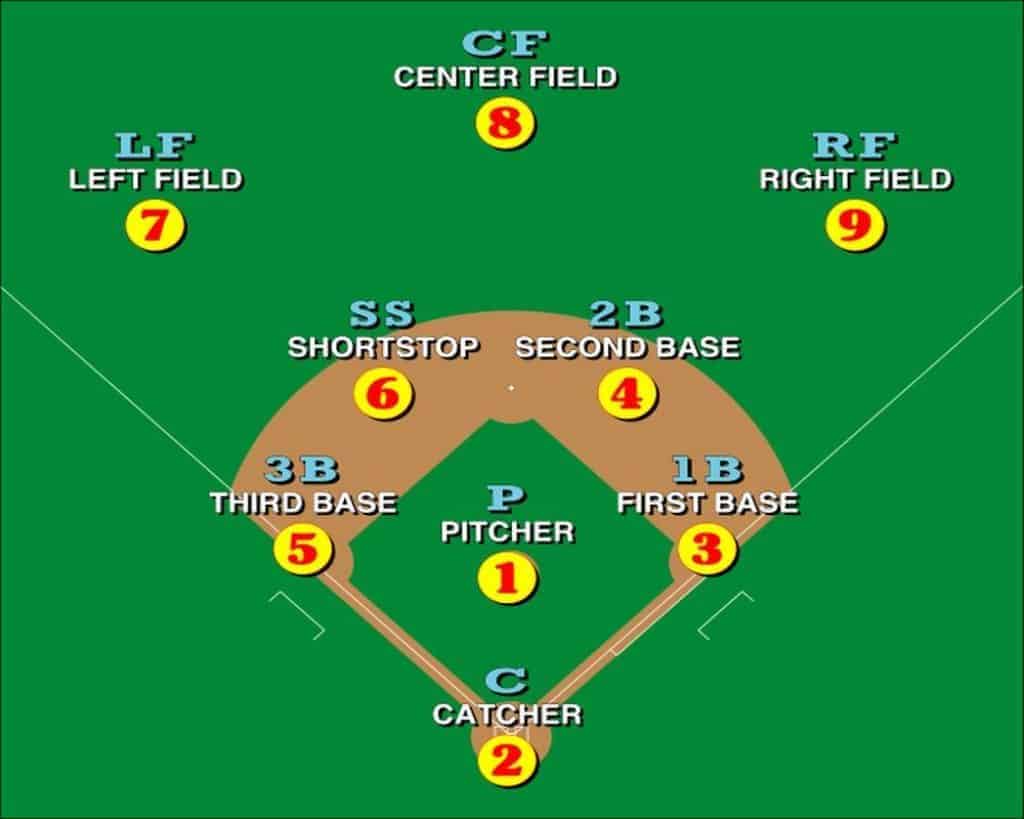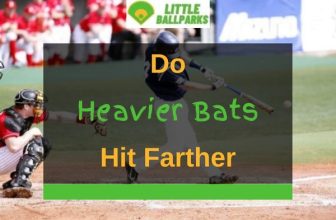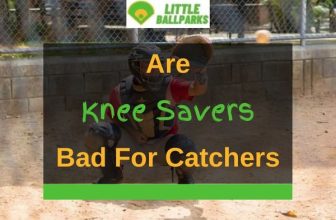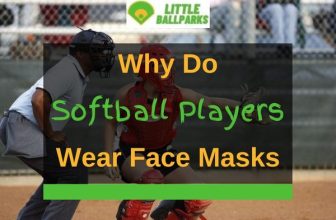What Is The Easiest Position In Softball?
For a softball team to be successful, each position has to be filled with competent players, able to answer the requirements of their roles.
No matter the position, everyone contributes to the overall success and has to do their part.
So, each position carries importance to the team as a whole.
However, there’s no denying that certain positions are more demanding, and these are commonly the roles filled by the best players on the team.
At the same time, there are positions on the softball field that provide a chance for players that may be less skillful and athletically capable to still do their bit and help their team.
Plus, these are the spots where coaches can hide their weakest links on the team or use them for older players that may still contribute to the team in some other way.
So, what is the easiest position in softball?
Let’s find out together!
Table of Contents
What Is The Easiest Position In Softball?
Like so many other things in softball, the easiest position to play is the subject of many debates.
Many players, coaches, fans, or media members have their reasons, often very valid, to consider a certain role the easiest.
It often depends on the particular position a participant in the discussion plays or has played, as no one will willingly admit that they had the easiest job on the team.
Still, there is some consensus about a couple of positions that most people would agree are the easiest in softball.
In these debates, the three positions that are mentioned the most often are right field, left field, and 2nd base.
Below, I’ll explain why these three positions are considered to be the easiest. Plus, I’ll list the responsibilities of players in these roles and the skills needed to play them.

1. Right Field
Even though they require a certain athletic ability and a decent throwing arm, the two corner outfield positions, right and left field, are probably the easiest to play as they see the last amount of action during the game.
This is particularly the case at games in youth leagues, as young batters commonly still don’t have enough strength to frequently hit the ball high in the air and across the field.
The right field is likely the easier of the two corner outfield position due to the simple reason that more than 80% of hitters are right-handed.
This means that not many of the fly balls will go to the opposite side of the field, which, of course, is the right side for right-handed batters.
Skills and Responsibilities of a Right Fielder
The right fielders are positioned on the right side of the outfield, behind the first base.
They’re mainly in charge of supporting and providing backup for the center fielders when the ball flies towards the center field and first basemen on the throws and hits going towards the third base.
To be successful at this position, a player needs a good throwing arm, as they will mostly throw towards the first base. Plus, they need to possess solid catching skills and decent speed.
2. Left Field
Everything said for the right field as the easiest position, more or less also goes for the left field.
The main difference is that in the left field you’ll likely have to deal with more balls, as left-handed batters are fairly rare.
On the other hand, the job of the left fielder is also made easier by the players that surround the position.
The positions closest to the left fielder are center field, shortstop, and 3rd base.
Usually, these are the spots where coaches put their strongest players, especially in the case of shortstop and center field.
Skills and Responsibilities of a Left Fielder
The left fielder’s position is on the left side of the outfield and they commonly play closest to the third base.
Their responsibilities include backing up third basemen and center fielders, catching line drives and ground balls coming their way, and fielding ground balls that go beyond the infield to the left side of the outfield.
The skillset needed is rather similar to the right fielder, although playing on the left outfield doesn’t require that strong of an arm as throws will commonly be shorter.
3. Second Base
The third position that has many people claiming to be the easiest is the 2nd base.
Even though 2nd basemen have one of the most important roles on the field, the position itself is not considered to be very difficult to play.
As they’re positioned near the center, relative to the whole field, 2nd basemen are very rarely in the situation to throw the ball very far.
They’re at the shortest distance from the first base of all the players and fairly close to the other bases.
Of course, short throws are more likely to be successful. In addition, similar to right fielders, 2nd basemen won’t see a lot of balls coming their way from the right-handed batters.
Skills and Responsibilities of a Second Baseman
The second baseman plays in the infield, between the first and the second base.
Their job is to cover the second base along with the shortstop, catch pop-ups, and field any ground balls coming into their area.
This means that they have to possess decent defensive skills, including a good glove, solid quickness and agility, and a high softball IQ.
Due to their position on the field, second basemen are usually right-handed and are not required to have a particularly strong arm.
Conclusion
As you can see, the answer to the question of what position in softball is easiest is not that straightforward.
Even though the three positions described above are commonly considered to be the easiest, this doesn’t mean that they are not important to the team and that they can’t have a big moment in a huge game.
The most important thing and the most useful for the team is that each player is in the position that best fits their skill set, no matter how easy or hard it is.
Only then, all players on the field can contribute to the maximum of their abilities and form a successful softball team.




